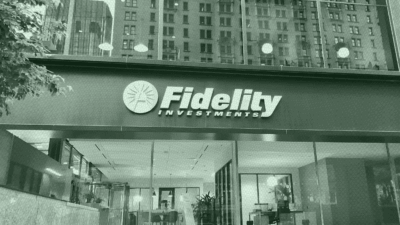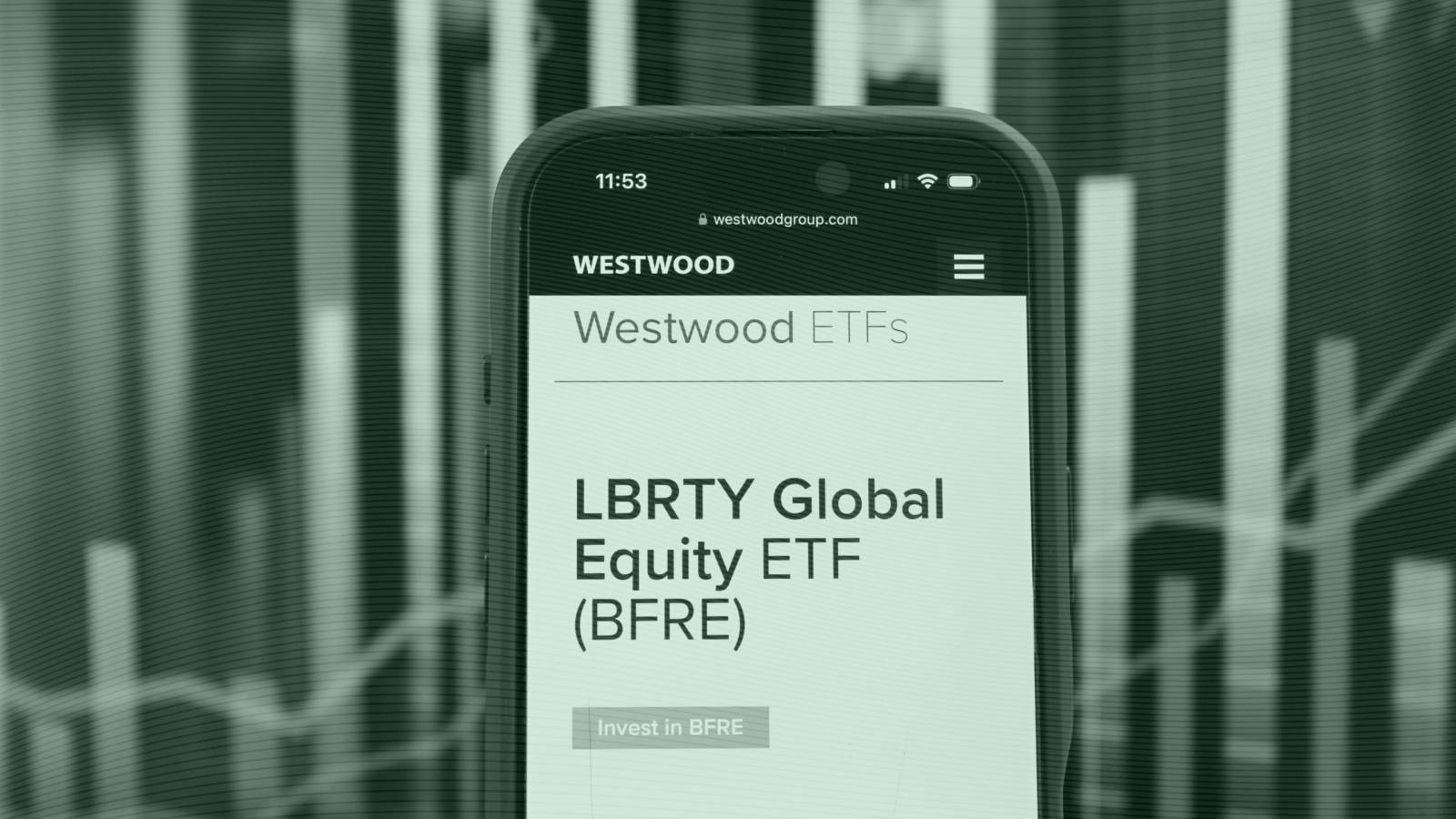The Most ‘Wealth-Destroying’ Funds Are ETFs: Morningstar
Among the 15 worst-performing funds in new research, a baker’s dozen turned out to be exchange-traded funds.

Sign up for market insights, wealth management practice essentials and industry updates.
Some funds are better than others, and in many cases, a whole lot better.
Morningstar is naming names when it comes to the funds with the worst performance records in dollar terms over the past decade. And some of the saddest track records actually belong to ETFs. Among the 15 funds at the top (or bottom) of the list (depending on your perspective), 13 are exchange-traded funds. Perhaps unsurprisingly, that roster includes plenty of leveraged and sector-specific funds, as well as a few that take short positions.
Family Ties
The fund family with the most “value-destroying” products was ARK, which over 10 years lost more than an estimated $13 billion for investors, Morningstar’s Amy Arnott and Jeffrey Ptak wrote. That was twice the loss in value of any other firm. Others on the notorious list include:
- Kraneshares, whose funds experienced an estimated $6.7 billion in net losses.
- Barclays, which saw more than $4 billion in losses.
- AdvisorShares, which lost $2.7 billion.
Fund investors piled money into ARK funds in 2020 and 2021, though the products experienced net losses of 34% to nearly 68% in 2022 — and the rebounds in 2023 and 2024 were not enough to catch up, Arnott and Ptak said. The two also cited the individual funds with the biggest net losses over 10 years:
- ProShares UltraPro Short QQQ (-$11.5 billion).
- ProShares Ultra VIX Short-Term Futures (-$8 billion).
- ARK Innovation ETF (-$8 billion).
In a statement from a public-relations representative, ProShares said its inverse ETFs have performed just as they were designed to and that they are typically used over shorter time periods. “Over the long run, markets generally go up, as they did during the historic bull market of the last 15 years, so it is not notable or surprising that inverse ETFs went down during that time,” the company said. “As investors navigate changing markets, inverse ETFs can serve as a valuable tool — a fact reflected in their continued popularity.”
Big Just Wins. The list “provide[s] a valuable case study in how not to invest.” But, lest anyone think the firm is focusing only on the negative, Morningstar earlier this year published a ranking of the top value-creating funds and asset managers.
That list is composed largely of passive U.S. large-cap funds from Vanguard and active ones from American funds. Vanguard, Fidelity, and American Funds led the way on a company basis for value creation over a decade, at $4.7 trillion, $2.1 trillion, and $1.5 trillion, respectively. Importantly, the results aren’t a full picture of performance, as the biggest funds and firms have more potential to create or destroy value on a dollar basis.
“The biggest players in the fund industry are often vilified as having too much power and failing to act in the best interests of their shareholders,” Arnott wrote. “But as the results above show, the largest funds and fund families have created significant value where it counts: by increasing dollar value for shareholders.”











